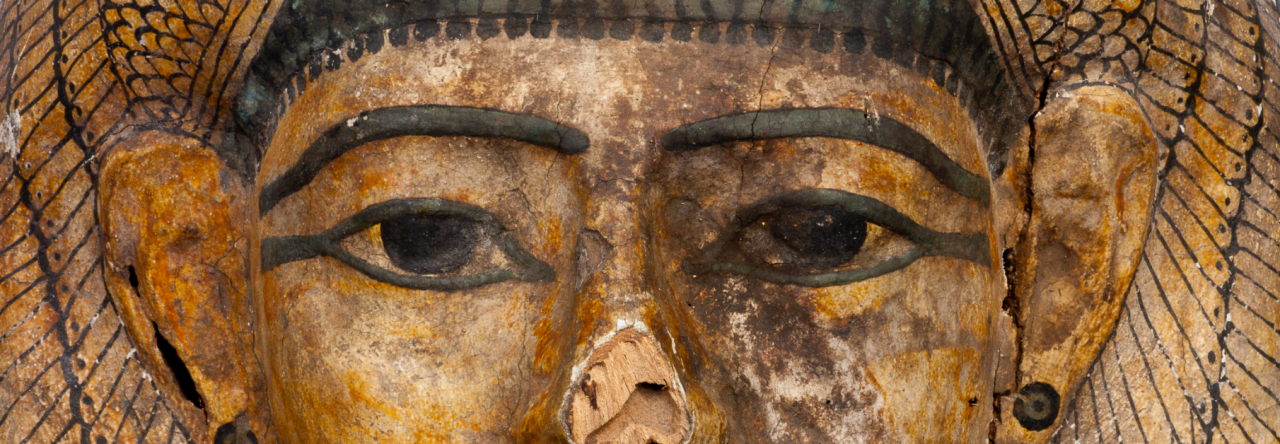If they do this in the most perfect way, they first draw out part of the brain through the nostrils with an iron hook, and inject certain drugs into the rest. Then, making a cut near the flank with a sharp knife of Ethiopian stone, they take out all the intestines, and clean the belly, rinsing it with palm wine and bruised spices; they sew it up again after filling the belly with pure ground myrrh and casia and any other spices. –Herodotus, The Histories, Book II, Chapter 86 (translated by A.D. Godley, Cambridge, MA: Harvard University Press, 1920)
The ancient Egyptians left no written procedure for mummification. But Herodotus, a Greek historian who lived during the fifth century BCE, traveled to Egypt and recorded different types of mummification. The procedure described above was the most elaborate and expensive and was finished with anointing and wrapping the body in many layers of linen.
Originally mummification was reserved only for the royal family, as the Pharaoh was believed to be a living god and continued to be worshiped after his death. The body was considered a home for the spirit and needed to be preserved so that the spirit could return and inhabit the body for eternity. Eventually, high-ranking nobility and officials were permitted to be embalmed, and by Ti Ameny Net’s lifetime, mummification was practiced among individuals wealthy enough to afford the procedure.
Up next: Mummy Unwrapping Parties
